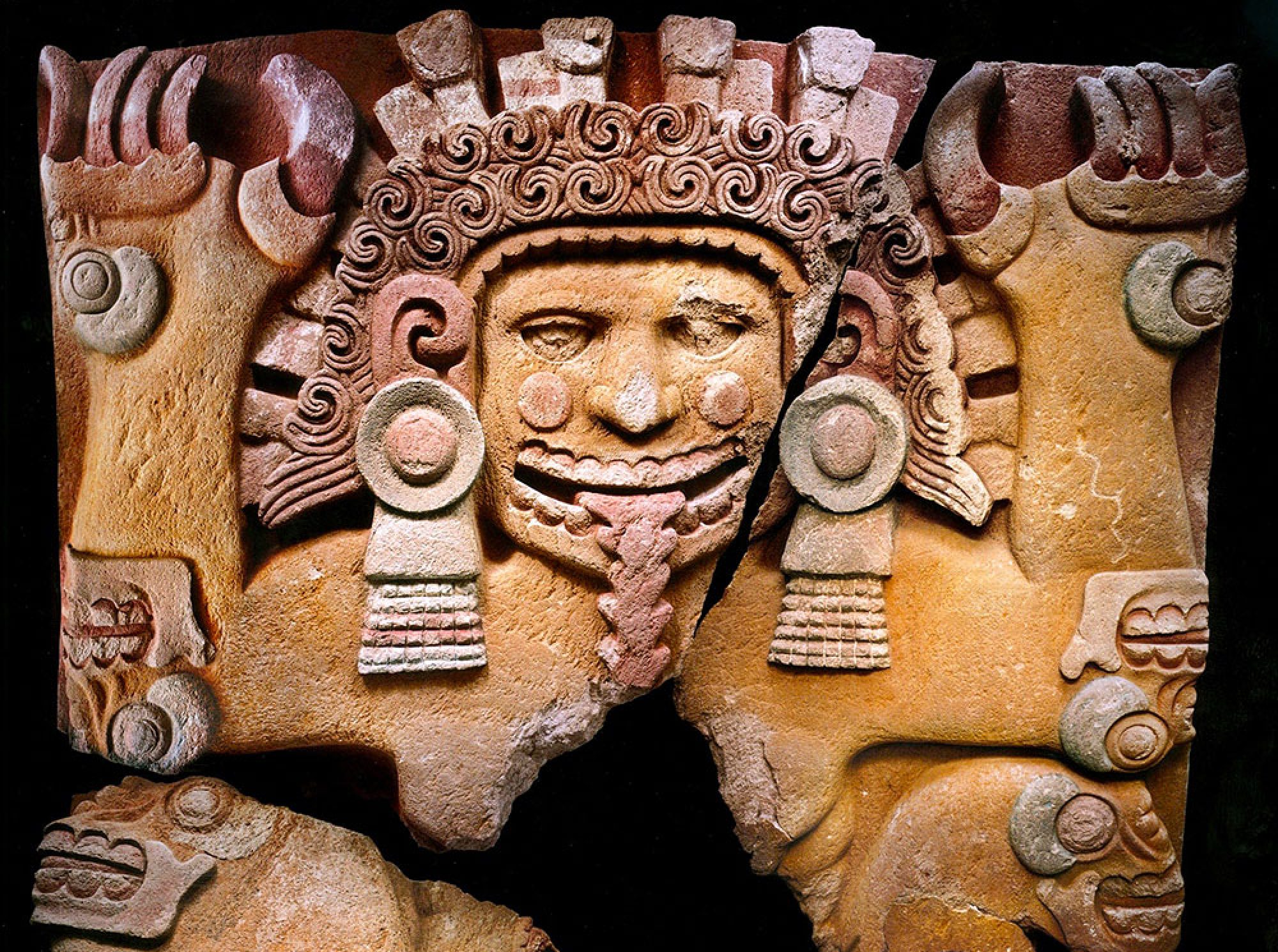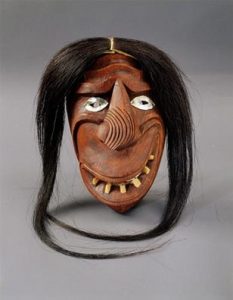Just last month was the 11th anniversary of the United Nations Declaration of the Rights of Indigenous People. The Buffalo History Museum hosted a celebration for Western NY that brought indigenous arts from across the world, showing how Indigenous people not only traded over vast distances, but also that skills and cultural traditions have been preserved and passed down for generations. What a day to celebrate, but I couldn’t help but notice that it is only the 11th anniversary which is honestly incredibly jarring. Indigenous people did not have human rights enforced up until 2007! When looking into the United Nations Declaration of the Rights of Indigenous People, the call for protecting Indigenous peoples’ rights began back in the 1920’s by the Haudenosaunee—of course the United Nations was not established until 1945, but the League of Nations was around.
As big of a milestone the United Nations Declaration of the Rights of Indigenous People was, it was far from the end for indigenous issues. The article, published by WBFO, goes on to discuss Agnes Williams, a Seneca member and indigenous activist. Williams goes on to talk about the need to end dependence on federal foods, but the hindrance of radiation poisoning that “has long been in the waters across Seneca land, on the way to Lake Erie and along the rest of the Great Lakes, where the radioactive water is the source of drinking water for millions.” While there has certainly been moments in history worth celebrating, it becomes apparent when speaking with indigenous people and activists that there is still so much left on the global agenda.

